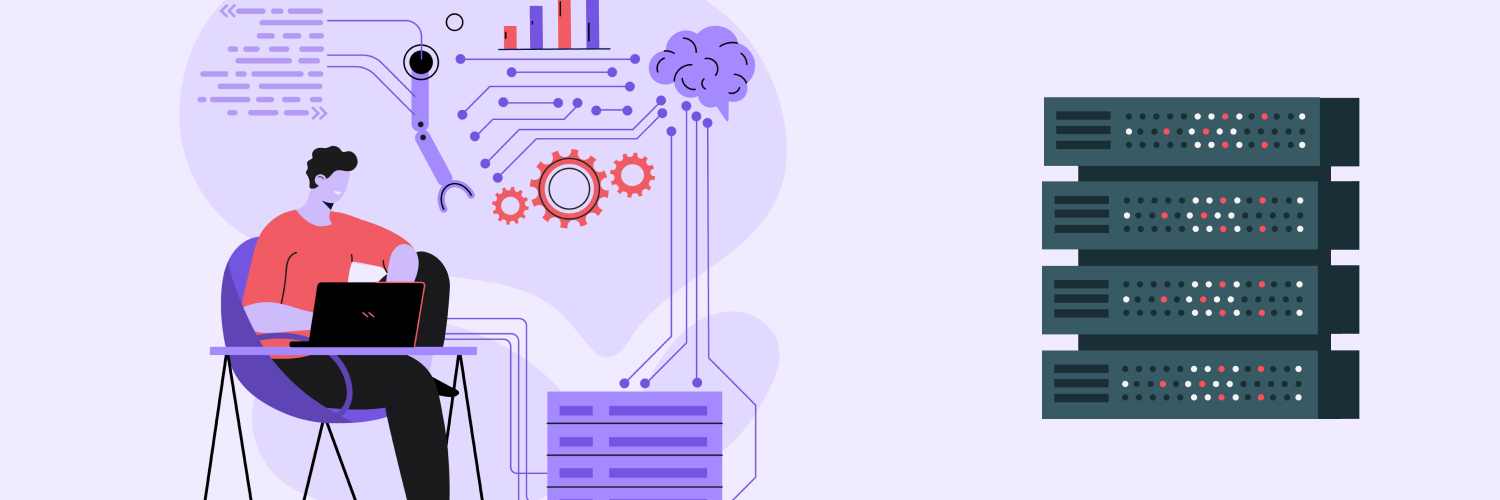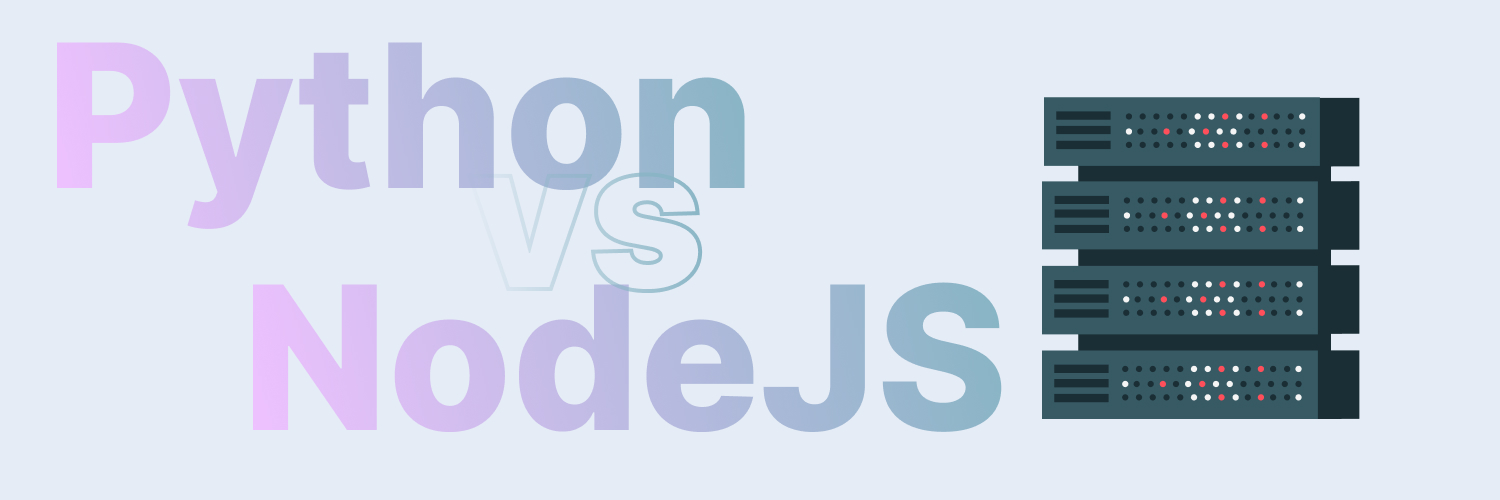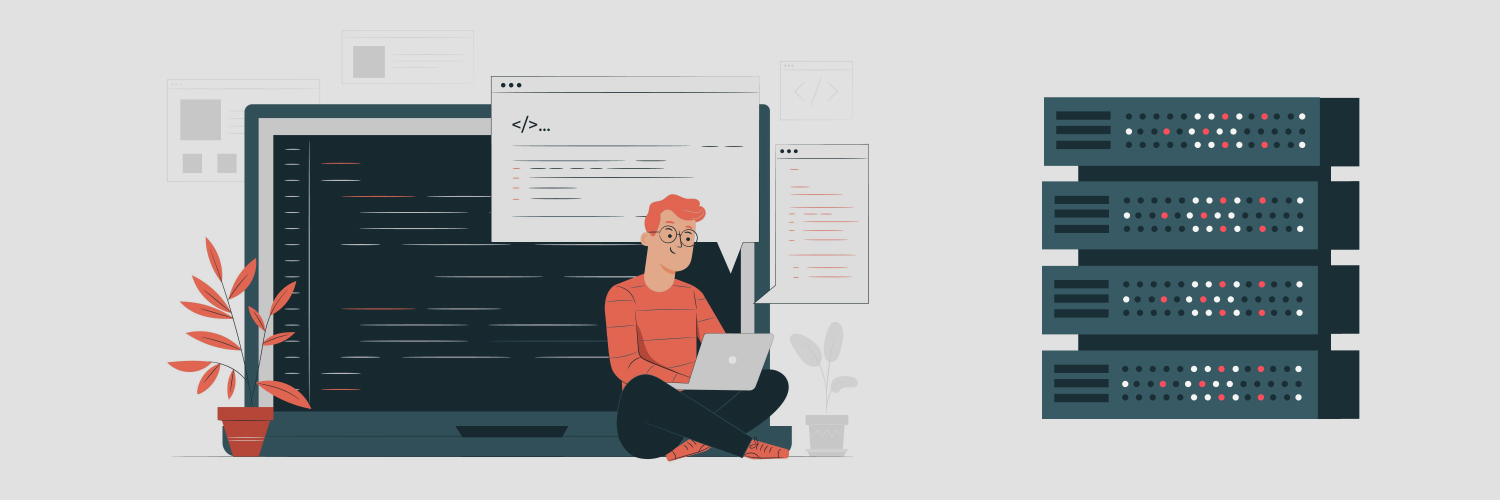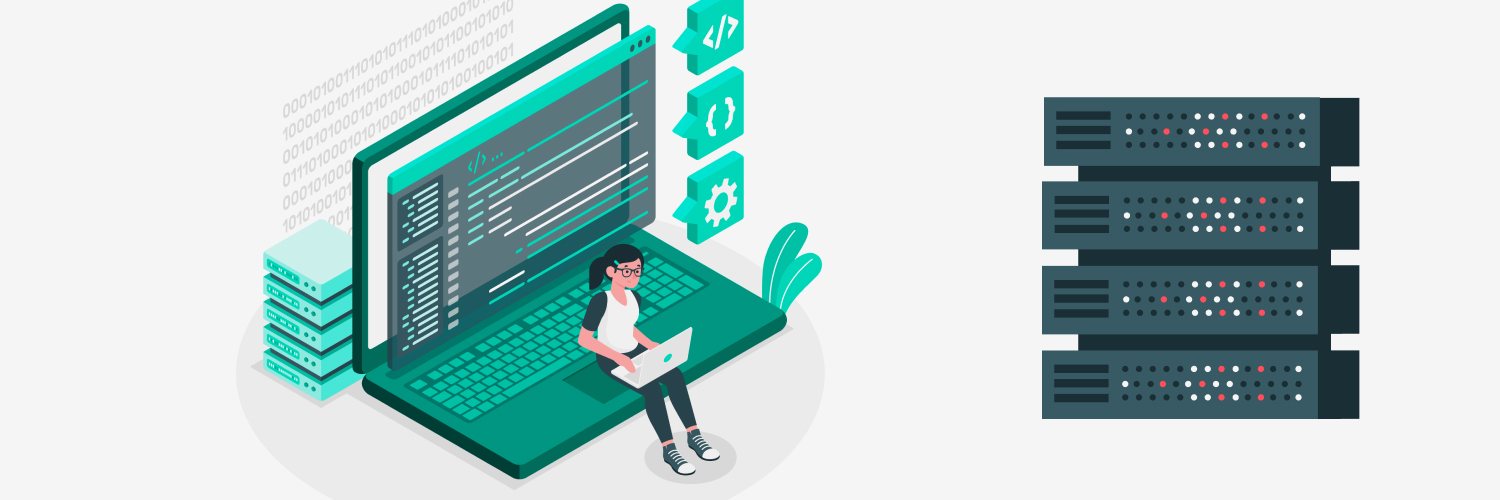The Ultimate Guide To Collecting Big Music Data (Music Scraping Tutorial)
While music purists may wax rhapsodic about the sound of vinyl records, there are no signs that streaming services are slowing down. There are over 400 million subscribers to music streaming services with those numbers expected to continue to grow as the global market increases. Music is as integral to most peoples’ lives today as social media.
If you’re involved in any aspect of the music industry, scraping big music data from streaming services can provide you with insights you need to make the best decisions for the benefit of your business.
Most companies understand the benefits of data analysis and already engage in some form of data collection. Web scraping can bring your data strategy to an entirely new level. Web scraping is the process of using a bot to visit different websites and collect publicly available data. The data is then exported into a format that makes it easy to read and analyze.
Types of Music Data Analytics

When it comes to music scraping, your imagination is the limit. Whether you’re an aggregator looking to compile the perfect playlists for your users or a producer checking out your competition, you can benefit from web scraping music. Think beyond the most popular songs, artists, and genres, which are usually general knowledge. A music scraper will allow you to dig deep for more specific data such as:
- Most popular songs for breakup playlists
- What song length is most popular
- Specific words that are common in most popular songs
- Which artists have the most engagement with their fans
- If fan engagement affects popularity
- How the timing of an album’s release correlates with its popularity
- Popularity of songs by geographic region
- How many words are in the most popular songs
Benefits of Music Scraping

Understanding the driving forces behind music fans’ habits and decisions is critical for any business hoping to find success in the music industry. Some of the ways you can use scraped data include:
- Designing a marketing campaign
- Monitoring your brand
- Targeted marketing
- Aggregating songs for playlists
- Identifying upcoming trends
- Analyzing elements of popular songs
How to Build a Music Scraper

Some music streaming sites offer APIs so you can access data without having to parse HTML. Using an API demands a lot less of a server than actually scraping it. However, all of the data you want may not be included. For instance, you may be interested in building a playlist scraper of user-created content. Also, not every service has an API, so there are times you’ll need to scrape.
Checking for an API before you scrape is one of the first rules of ethical web scraping. Before you get started, you’ll want to check the robots.txt file of the website you’re planning to scrape. This will give you the scraping rules for that website. Some general guidelines to follow include:
- Slow down your speed so you aren’t overloading the server with requests
- Only scrape publicly available data
- Scrape when site is likely to have less traffic
- Only collect the data you need
- Use ethically sourced proxies
If you know your way around Python, it’s not too difficult to learn how to scrape music off the internet. You’ll need to import the following libraries:
- Selenium, which automates browsing tasks
- A webdriver for your browser
- Pandas for analyzing data
Your next step is to determine what data you want to scrape. Once you do that, set a variable for each piece of data you want to extract. Then you’ll need to define a function using the tags and IDs. If you’re new to this, it can be a little confusing to find. Every website will be slightly different, but you can find these by right-clicking and using “Inspect Element.” Define functions for all data that you want which may include elements such as:
- Artist name
- Album name
- Song title
- Song length
- Number of plays
The last part of the scraping step is to define the function that will click the search button. Don’t forget to build in a delay that will give your search results a chance to load as well as any delays requested by the robots.txt file.
Now that you have your data, you’ll want to load it into a usable format such as a Pandas DataFrame. You can do that with the following steps:
- Decide on variables for the data you defined and store them as lists.
- Locate the elements for each attribute.
- Put all of them in the list variable.
- Using the DataFrame columns, input the lists.
- Save it as a CSV file.
This is the general outline you’ll need whether you’re trying to learn how to run a playlist through a scraper or aggregating music for your followers. If you don’t want to bother with building your own scraper, there are lots of ready-made scrapers available, such as Rayobyte’s Scraping Robot.
Why You Need Proxies for Music Scraping

Unfortunately, most websites have anti-bot strategies to prevent web scraping, which can grind your scraper to a halt. Web scrapers are much faster than humans at requesting data, which is their main advantage. Without a web scraper, it would take an overwhelming amount of time to manually collect so much data. However, their speed singles them out as robots.
One of the measures many websites use is to ban the IP address of a suspected bot. To get around this, you’ll need to use a proxy IP address. A proxy allows you to hide your real IP address. Of course, simply using one different IP address won’t stop you from getting banned. Your proxy IP address will just get banned instead of your real IP address.
To be effective for web scraping, you’ll need a pool of rotating proxy IP addresses. This allows you to use a different address for each request you send. So if you send out 100 requests, each will originate from a different IP address. Since this looks more like human behavior, you’re less likely to get banned. Proxies can get complicated, so let’s discuss the different types and the best use cases for each.
Types of Proxies

There are many different types of proxies and several different ways to categorize them. Which type is best for you will depend on how many you need, what you need them for, and your budget. While the subject of proxies can be complex, it’s crucial to understand them if you’re going to implement a strong data collection strategy.
One of the main differences between types of proxies is where they originate, so we’ll start with that.
Data center proxies
Data center proxies are associated with data centers, where they originate, rather than an actual physical address. Data center proxies can be very fast, but they’re easily marked as suspicious by anti-bot technology. Some popular websites completely ban data center IP addresses. Others don’t go quite that far, but they will ban entire subnets associated with a data center IP address they suspect of being a robot.
Proxies from data centers are lower priced than residential proxies, which is one reason they’re popular. They can be a great option for gaming and some other use cases, but they’re not the best option for web scraping. The fact that they are more likely to get banned makes them an inefficient choice for scraping projects.
Residential proxies
Residential proxies originate with an internet service provider (ISP). This is the type of IP address you’re probably most familiar with since it’s the type you have at home. The advantage of residential proxies is that they are real IP addresses, so they look real to web servers. As long as you aren’t doing something obviously bot-like, such as making more requests than humanly possible, you’re much less likely to get banned.
Residential proxies are the best option for web scraping. If you’re using a rotating pool of proxies, they mimic human behavior. The drawback to residential proxies is that they’re more expensive than data center proxies. However, you’ll have less downtime due to bans, so they’re more efficient in the long run.
Shared vs dedicated proxies
Another way to classify proxies is by how many people have access to them. Public proxies are freely available to everyone. In addition to performing poorly, they’re a big security risk. Leaving aside public proxies, your options include:
- Shared proxies, which have many users and can be slow
- Semi-dedicated proxies, which are usually shared between 3 to 5 users
- Dedicated proxies, which are only yours
Dedicated proxies are the most expensive but also the most reliable and least prone to performance issues. Semi-dedicated proxies cost less and may be a good option if your budget is tight.
Conclusion

Having a comprehensive data strategy is a key component of your business’ success. Web scraping is the best method for gathering large amounts of data efficiently. Choosing a reliable, ethical proxy provider is the most important step in launching your music scraping projects.
Rayobyte is committed to your company’s success. Our residential proxies are transparently and ethically sourced. We make sure that our end-users have control over how their IP addresses are used and that they’re fairly compensated.
Along with the most reliable residential IP addresses, Rayobyte provides excellent customer service. Our support team is available 24/7 to answer your questions and help you succeed. Reach out to our team to find out how we can help you.
The information contained within this article, including information posted by official staff, guest-submitted material, message board postings, or other third-party material is presented solely for the purposes of education and furtherance of the knowledge of the reader. All trademarks used in this publication are hereby acknowledged as the property of their respective owners.






